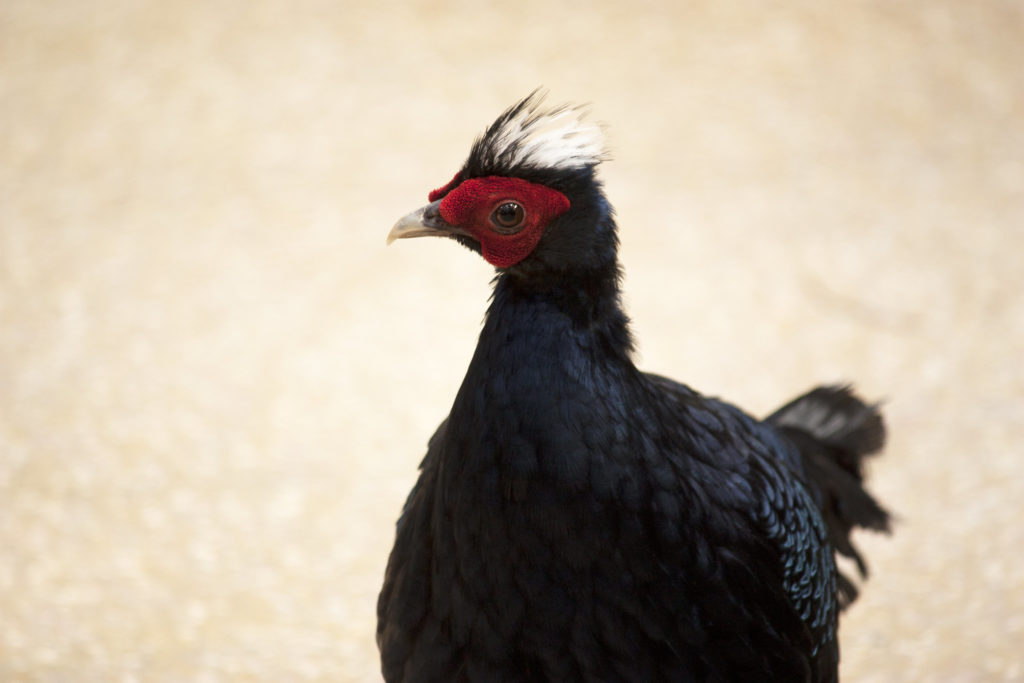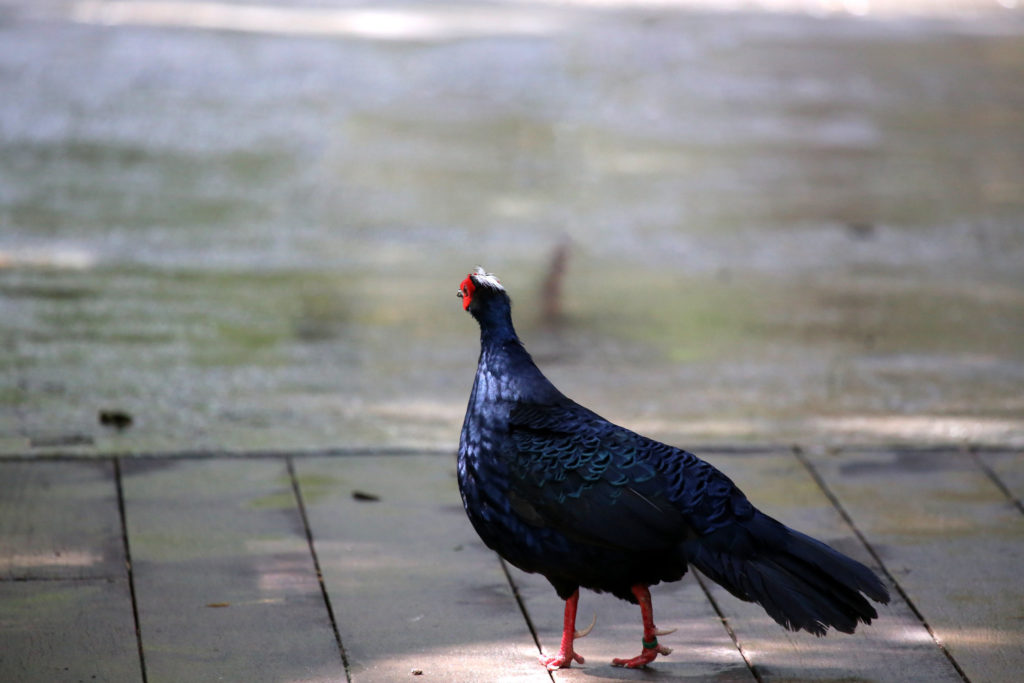One of the most common questions I’m asked as Curator of Vertebrate Zoology is “Where and how do you get your specimens?” The standard answer is that they died of natural causes or from medical complications in captivity or at a wildlife rehabilitation facility, which is how we get the bulk of our specimens. However, we do have some fascinating stories of how various specimens were obtained.

Off the top of my head, in the Department of Vertebrate Zoology at HMNS we do have some rare specimens such as blue-billed curassow (Crax alberti), which are Critically Endangered in nature, and others like the pink pigeon (Nesoenas mayeri) whose numbers don’t exceed 1000. We also have some specimens that are extinct in nature, such as Edward’s pheasant (Lophura edwardsi). How were we able to obtain specimens of something so rare you might ask?
Well, believe it or not, Edward’s pheasants are abundant in captivity – so abundant in fact that they were removed from permitting required to keep such a rare species in captivity. Because there are so many in captivity today, there is no threat of the species going extinct (in captivity, see below) any time soon.
This species was not even known to science until 125 years ago, when French Missionary Peré Renauld sent four specimens (3 males, 1 female) to the Paris museum from Viet Nam (then Annam). In 1924 the famous French ornithologist, Jean Delacour, received 15 live Edward’s pheasants from his friend Pierre Jabouille from Viet Nam (then Indo-China). Despite the fact that there were only three females in that group, they bred like rabbits and were distributed to other aviculturists throughout Europe and the US. It was a good thing that some were sent to the US, because most of the birds in Europe died during WWII, and these stocks were replenished from birds held in the US.

Today Edward’s pheasants are better than thriving in captivity! Although there were some cases of hybridization with the related Swinhoe’s pheasant (L. swinhoei), these hybrids have been removed from the core population of studbook managed birds.
Unfortunately Edward’s pheasants are far from thriving in nature. Although optimistically listed as Critically Endangered, several intensive searches in the past two decades have failed to turn up any birds in nature. The first major nail in the coffin was extensive use of Agent Orange during the Viet Nam War half a century ago, defoliating most of the important forest habitat the pheasants called home. Deforestation, along with trapping and hunting by a hungry population needing protein in their diet, drove this species, along with many others, to extinction.
Learn more about the Edward’s pheasant and other animals with a trip to HMNS!

